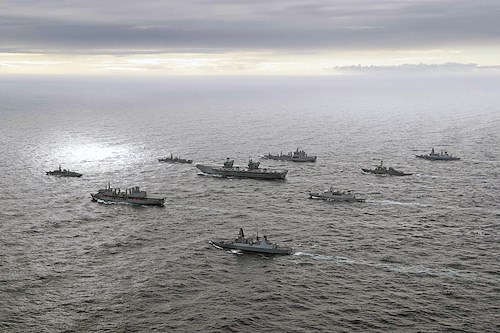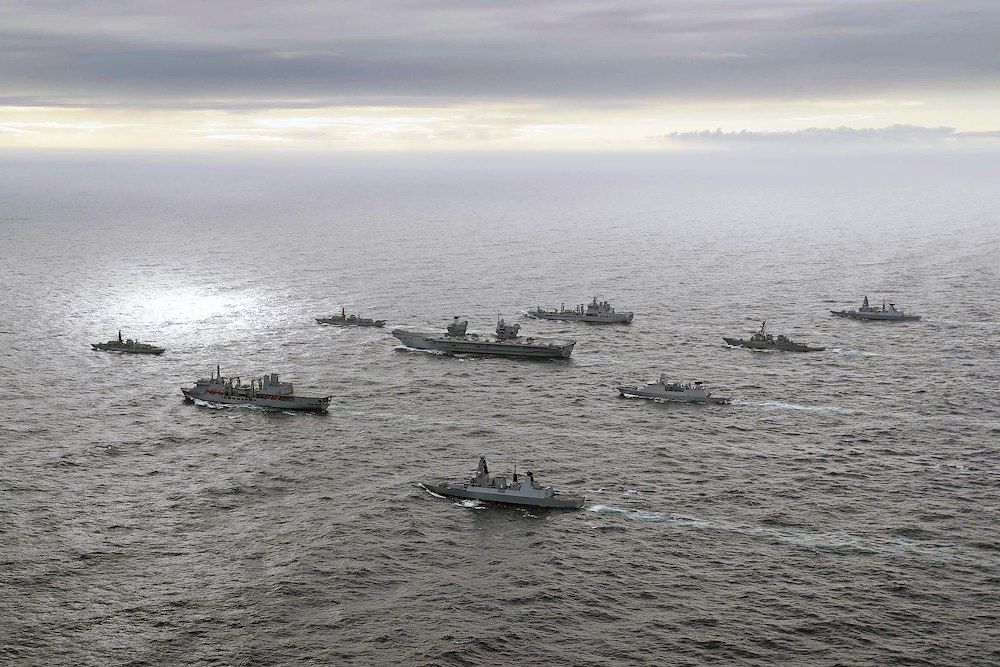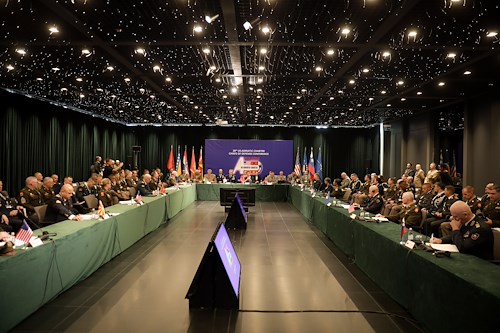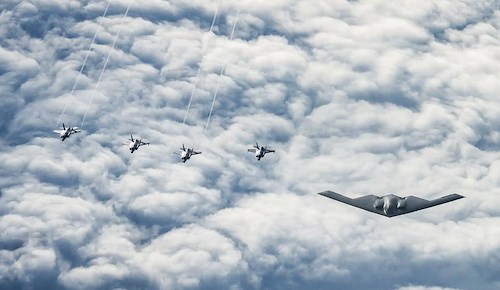More than 6,000 personnel, 81 aircraft, 28 ships, and two submarines from 13 nations concluded the United Kingdom-led multinational exercise Joint Warrior (JW) 20-2 in the Atlantic Ocean, Oct. 15, 2020.
Exercise JW 20-2 had one of the largest concentrations of Allied and partner forces in one integrated training event, addressing the full spectrum of maritime and joint warfare mission areas. The exercise scenarios focused on maritime security and included small boat attacks, boarding operations, air defense, and anti-submarine warfare tactics. Scenarios also included Allied and partner force responses to simulated intelligence to successfully accomplish their mission.
“As a forward-deployed force, our Rota-based destroyers depend on our Allies to keep our ships trained to fight,” said Capt. Joseph Gagliano, commander, Task Force (CTF) 65. “The fact that we conducted this training exclusively using NATO procedures means that we are even more ready to fight alongside our NATO Allies.”
Participating nations were Belgium, Canada, Denmark, Estonia, France, Germany, Latvia, Lithuania, the Netherlands, Norway, Portugal, Spain, the U.K., and the U.S.
“With US and UK F-35B jets exercising together over our shores for the first time as part of a group featuring 6,000 personnel from 11 nations, this UK-led exercise underlines the leading role we play in upholding European security through NATO,” said U.K. Minister for the Armed Forces James Heappey.
U.S. participants included Arleigh Burke-class guided-missile destroyers USS Ross (DDG 71) and USS Donald Cook (DDG 75); two P-8A Poseidon Maritime Patrol and Reconnaissance Aircraft (MPRA); and Military Sealift Command’s Lewis and Clark-class dry cargo ship USNS Medgar Evers (T-AKE-13), along with U.S. Marine Corps F-35B Lightning II aircraft assigned of Marine Fighter Attack Squadron 211 and a detachment from 2d Air Naval Gunfire Liaison Company embarked aboard the Royal Navy aircraft carrier HMS Queen Elizabeth (R 08). Florida-based Arleigh Burke-class guided-missile destroyer USS The Sullivans operated as part of the Queen Elizabeth Carrier Strike Group.
Four U.S. Navy destroyers, including Ross and Donald Cook, are forward-deployed to Rota, Spain, and assigned to CTF 65 in support of NATO’s Integrated Air Missile Defense architecture. These Forward-Deployed Naval Forces-Europe ships have the flexibility to operate throughout the waters of Europe and Africa, from the Cape of Good Hope to the Arctic Circle, demonstrating their mastery of the maritime domain.
U.S. 6th Fleet, headquartered in Naples, Italy, conducts the full spectrum of joint and naval operations, often in concert with allied and interagency partners, in order to advance U.S. national interests, security, and stability in Europe and Africa.
Visit U.S. Naval Forces Europe for more.








